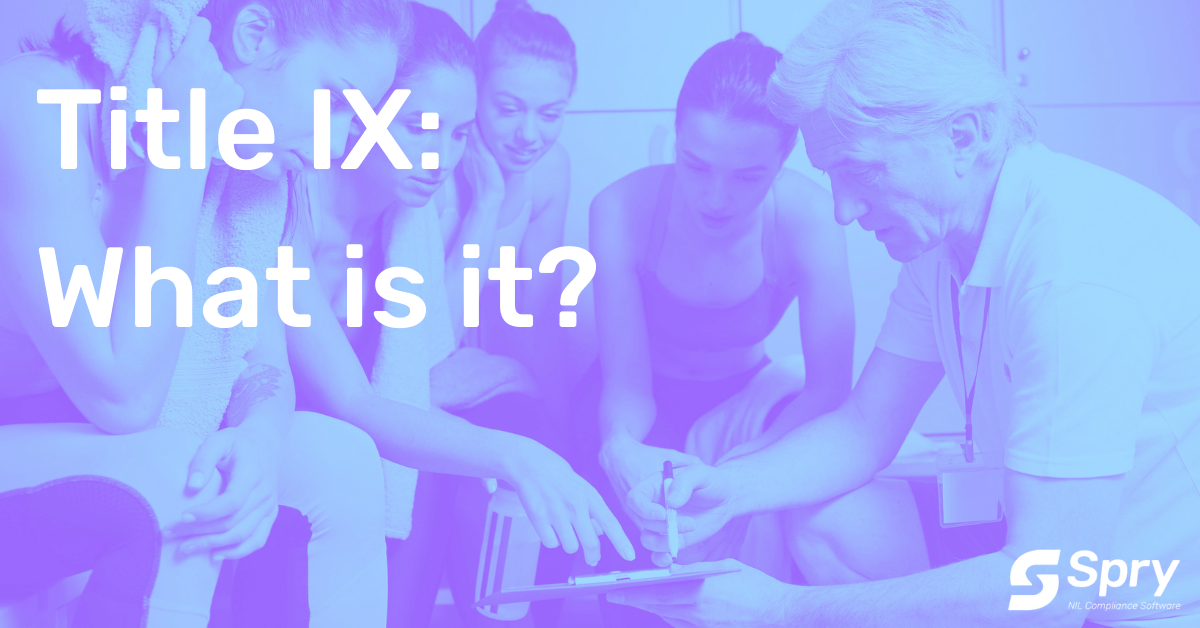Insights
Keys To Managing Boosters In An NIL Environment (Part II)

In the previous installment, we highlighted some of the potential risks involved with boosters and NIL and touched on the importance of schools being proactive in their preparation to address these issues. Improving lines of internal communication between athletic fundraising units and compliance offices, as well as preemptive educational efforts for boosters were two avenues that were discussed.
In this installment, I will offer two additional areas institutions may wish to consider as they prepare for NIL.
Coordinate with Admissions Departments
Most institutions have some version of preferred admissions slots that can be extended to prospective students with unique skills and talents (e.g. athletic ability). The recent Varsity Blues scandal alerted many schools to gaps in their protocols which allowed outside parties to influence their admissions processes by making significant donations to the institution. With the advent of NIL, similar risk could now exist in the form of boosters offering NIL opportunities, in lieu of cash donations, in exchange for favorable admissions considerations. These types of quid pro quo arrangements would present a significant reputational and legal risk for institutions. One preventive measure in anticipation of this is to take additional steps to shore up athletics admissions processes to prevent these types of abuses from occurring.
Create Infrastructure
Many schools have been reluctant to acquire NIL software platforms prior to finalization of the legislation. Whether contracting with a third party provider or creating an in-house solution, it will be important for schools to have a tool that will allow them to capture and coalesce the vital pieces of information required to appropriately monitor booster activities within the NIL environment. Identifying disclosures that involve boosters and flagging suspicious transactions will be key elements in demonstrating institutional control. Once legislation is ratified, there will likely be a short runway for preparation prior to full implementation. As such, schools that delay the process of creating a monitoring infrastructure will be at a decided disadvantage once either state or NCAA legislation goes into effect. Taking these steps sooner rather than later will best position institutions for an effective transition.
Spry is a third party partner that will focus on helping institutions remain compliant with state and federal NIL legislation. By helping institutions set transparent, customized parameters for booster involvement, Athletic Departments and Spry can track and monitor each transaction. If you would like to schedule a demo with Spry, click here.
About the Author
Todd Hairston
NCAA COMPLIANCE PROFESSIONAL WITH 20 YEARS OF CAMPUS EXPERIENCE




